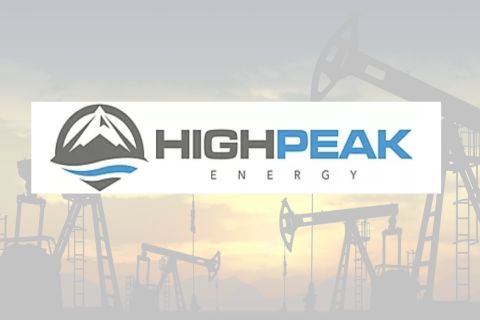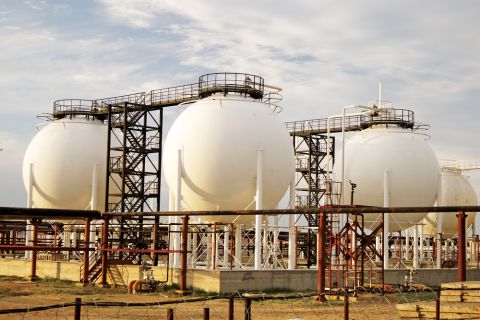The biggest mistake that most companies make
is electing to reduce new-hire and refresher training.
Oil rig counts continue to plummet as oil and natural gas prices have fallen over the past two years. While the price at the gas pump is great for the consumer, anyone associated with the oil and gas industry knows that cheap gas is not always desired. Layoffs and company bankruptcies paint a bleak picture for oil and gas employees as companies struggle with low production returns.
With more than 20 years of experience, SRP Environmental LLC has seen clients thrive in favorable market conditions and then disappear when an industry downturn occurs.
During poor industry conditions, many companies reduce safety training and safety-related services or attempt to move all safety services in-house when they need to cut costs. The question that needs to be asked is, “Why sacrifice the quality of safety?”
With companies making those decisions, SRP safety consultants often see that employees will fall behind in compliance training. The Occupational Safety and Health Administration (OSHA) requires annual compliance training, and if employees are not meeting the regulatory requirements, the company could face thousands of dollars in fines. As such, short-term savings ultimately end up costing the firm substantially more in the long term.
The biggest mistake that most companies make is electing to reduce new-hire and refresher training. Combining topics to cut class time and skimming over the content might be a favorable cost-cutting strategy; however, lack of proper safety training leads to more incidents and days of work lost, which means lower productivity. Safeland/Safegulf accredited training is mandatory for all employees who enter oil and gas sites. While these courses cover an overview of safety topics, they are intended to provide an equal level of HSE training in conjunction with new hire orientation and mandatory compliance training.
Another scenario is that small- to medium-sized companies decide to move all safety services in-house and designate one person as the health and safety manager. Writing safety plans, reporting injuries, logging exposure hours and incidents, hosting safety meetings and staying up to date on Environmental Protection Agency and OSHA regulation changes are only a few tasks these managers are faced with. Designated HSE managers are plant managers or operations managers tasked with in-house safety services. While they might be competent at their job, being an effective safety manager and trainer is not always a strength. Maintaining satisfactory client grades within databases like ISNetworld become a daunting task. If grades are not kept to satisfactory levels, a client will not allow a company to perform work.
There are alternatives to the scenarios listed above. Virtual training or computer-based training can cut employee expenses and travel costs. This also can come in handy if a company has employees in multiple locations trying to obtain the same training. Another option is to schedule a certified safety trainer to cover a specific topic at monthly safety meetings.
More in-depth topics like first aid/CPR or hazard communication might require additional time. If only three or four employees need to be trained, ask about joining a class with other companies.
As a closing thought, it is the responsibility of the employer to provide a safe work environment for employees. Making decisions that negatively affect the quality of safety training and development is a disservice to employees. It is critical that HSE managers evaluate safety training and the overall health and safety program with a knowledgeable safety consultant. Chances are they will be able to help come up with a solution that will fit the company budget while maintaining the quality of safety.
Recommended Reading
For Sale, Again: Oily Northern Midland’s HighPeak Energy
2024-03-08 - The E&P is looking to hitch a ride on heated, renewed Permian Basin M&A.
E&P Highlights: Feb. 26, 2024
2024-02-26 - Here’s a roundup of the latest E&P headlines, including interest in some projects changing hands and new contract awards.
Gibson, SOGDC to Develop Oil, Gas Facilities at Industrial Park in Malaysia
2024-02-14 - Sabah Oil & Gas Development Corp. says its collaboration with Gibson Shipbrokers will unlock energy availability for domestic and international markets.
E&P Highlights: Feb. 16, 2024
2024-02-19 - From the mobile offshore production unit arriving at the Nong Yao Field offshore Thailand to approval for the Castorone vessel to resume operations, below is a compilation of the latest headlines in the E&P space.
TotalEnergies Acquires Eagle Ford Interest, Ups Texas NatGas Production
2024-04-08 - TotalEnergies’ 20% interest in the Eagle Ford’s Dorado Field will increase its natural gas production in Texas by 50 MMcf/d in 2024.





